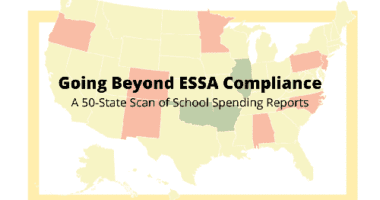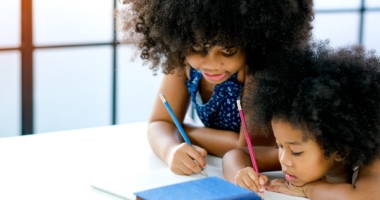We Can’t Close the Achievement Gap Without Focusing on Latino Students
Latino students are the fastest-growing major ethnic group in U.S. public schools. By 2023, they will make up nearly 1 in 3 public school students. So their academic success is crucial to the success of the nation as a whole: We can’t close opportunity and achievement gaps, or raise the nation’s overall performance, without focusing on Latino students.
That’s why we’ve pulled together some of the best information available on the experiences of Latino students in elementary, secondary, and postsecondary education. We hope that, like last year’s brief on Native students, The State of Education for Latino Students will encourage advocates, communities, and policymakers to reflect and act on what needs to be done to make sure that all students are prepared for adult life.
So what do the data tell us?
- Latino students’ performance is improving — more rapidly than white students’ performance — but gaps between groups remain stubbornly wide.
- Despite impressive gains in the number of Latino students taking college readiness assessments, far too few Latino students graduate from high school ready for what’s next.
- More Latino students than ever are going straight to college after high school. However, they’re more likely than white students to begin their postsecondary education at institutions that tend to have lower graduation rates.
- And no matter what type of school they end up at, they’re less likely to complete a degree on time.
But this isn’t always the case. There are schools and colleges across the country that are educating Latino students to high levels, while reducing or eliminating achievement gaps. To learn about these places, and to dig into the rest of the data, be sure to see the full brief.
And check back next week for a deeper look at opportunity and achievement for African American students, too.










